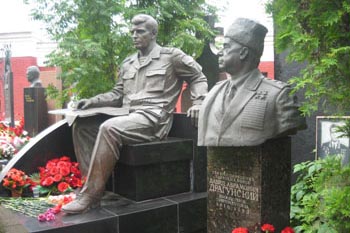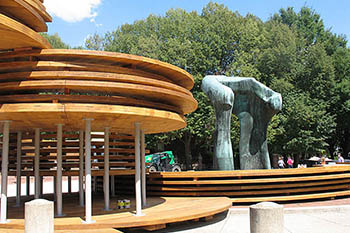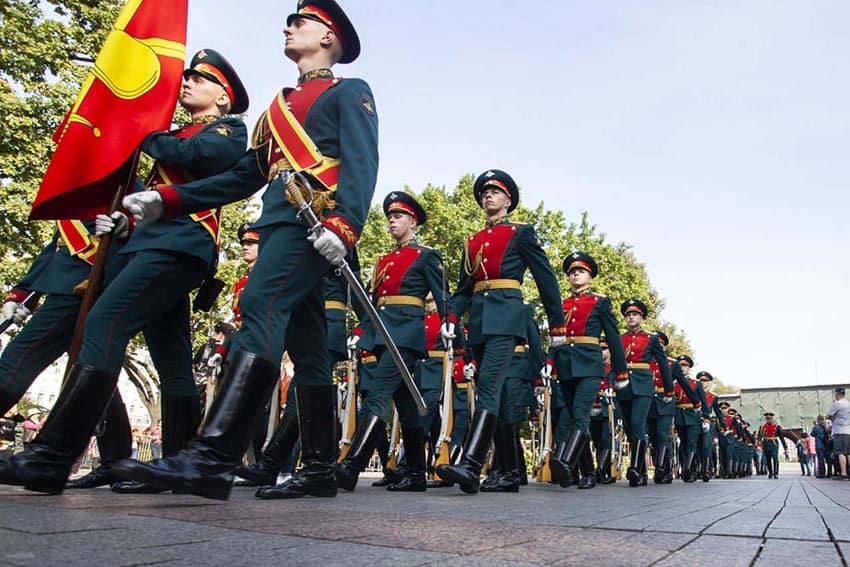
By Andy Christian Castillo
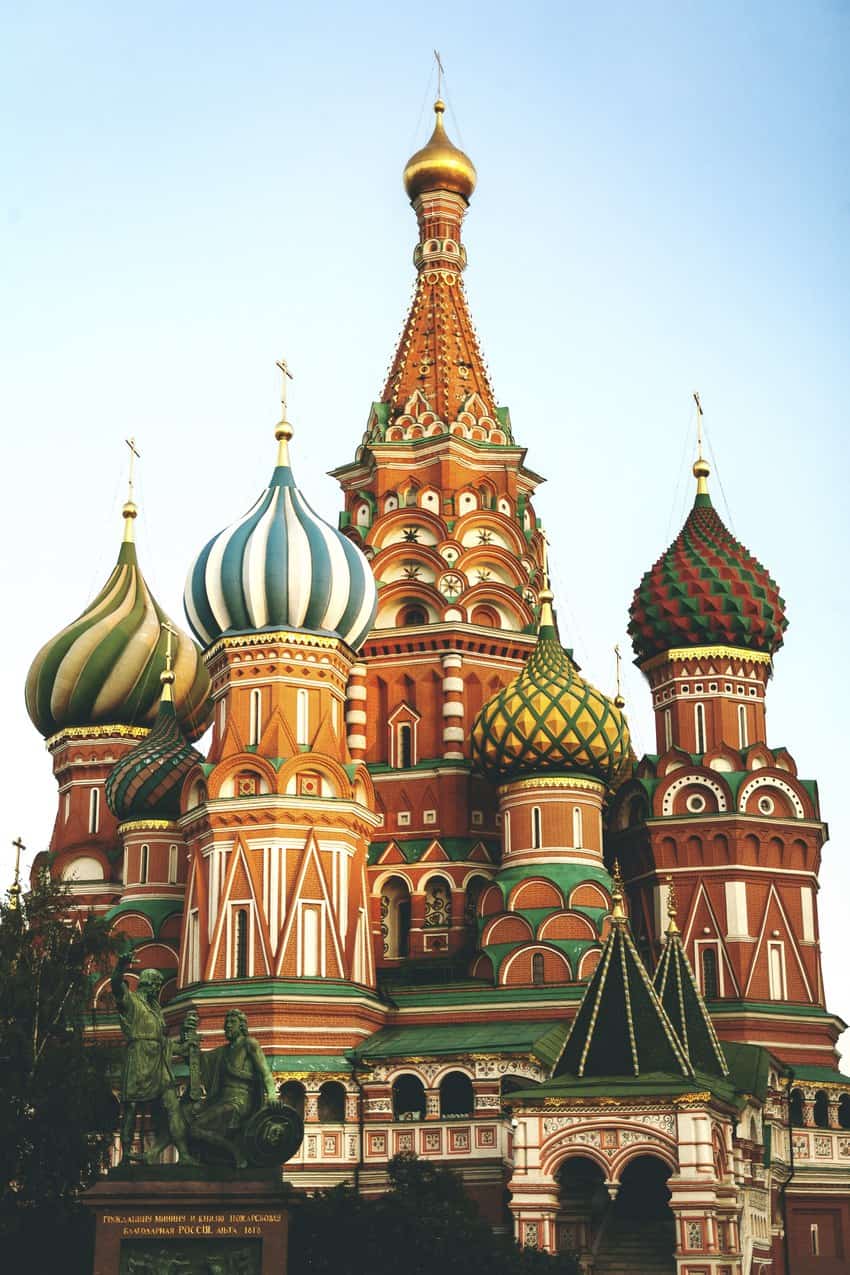
The twisting towers of St. Basil’s Cathedral stretched into a pastel sky like a bonfire of stone and steel — at the same time ornate and meticulously organized.
Long shadows from tourists milling about Red Square flickered across the cobblestones below. They felt smooth and good beneath my feet, which were tired from days spent wandering.
Traditional Russian anthems, stoic and proud, deep and powerful, drifted on a cool breeze from stages set up throughout the city in celebration of its 872nd anniversary, the annual Moscow City Day Celebration that’s held on Moscow City Day. The cathedral’s iconic red walls shimmered against the gathering dusk.
It’s easy to understand why St. Basil’s Cathedral, which was consecrated in the 16th century, is becoming a more popular tourist destination for western travelers.
Moscow: Shrouded in History
While iconic, there’s a lot more to Moscow than the iconic cathedral or the festivals. In this city of nearly 13 million people, which is shrouded by history and politically driven assumptions (many misguided), there’s a trove of adventure waiting to be discovered by those seeking an off-the-beaten-path experience other than the gothic towers of Western Europe.
At 12 million residents, the city dwarfs New York, which boasts a population of about 8 million. Yet, its wide streets often seem to be devoid of pedestrians.

It’s not that people don’t walk. Rather, the metropolitan area sprawls nearly 1,000 square miles and a robust subway system keeps pedestrians away from traffic.
Western media often depicts Moscow as a desaturated and dull city. I was pleasantly surprised to discover that it’s anything but that. There is color everywhere — from multicolored flowers in parks to elaborate architectural flourishes and vibrant paint.
Moscow’s Hard Cultural Shell
Other stereotypes seem to hold true, at first. Russian culture might feel standoff-ish to those who aren’t used to its norms. It’s not natural, for example, to say hello to passersby on the street or to talk at the bus stop. Once those exterior norms are circumvented, however, I found it to be warm and welcoming.
Similarly, the buildings are seemingly indomitable in exterior appearance — inside, however, they’re elaborately decorated and beautiful.

Thick walls are decorated by ornate molding and topped by spires, which rise above the low-slung cityscape like spearheads.
Paintings that adorn the interiors of cathedrals are carefully curated and fit together like a puzzle, leaving little negative space.
Even the most elaborate of structures don’t feature large stained glass windows. Instead, they’re sturdy and tough.
It’s as if the entire city was intended to double as a fortress.
A good example of this can be found at the Kremlin, which dates back to 2nd century BC and is currently the world’s largest medieval fortress. Inside, a number of Orthodox Christian Churches arranged around a square.
Intricate gold chandeliers and nondescript windows illuminate tomb-like interiors with a pale light. Voices echo off stone walls crowded with biblical heroes, their heads encircled by golden halos of opaque paint. Massive columns rise to domed ceilings topped by belltowers. Pockets of light reflect into dark corners.
The beauty is as subtle as it is hauntingly breathtaking.
World’s Largest Cannon
Outside, blacked-out government cars pass by the world’s largest cannon toward the official residence of President Vladimir Putin, although our guide (who we booked through Firebird Tours) noted he doesn’t actually live there.

Forged through War
The Russia of today, as in many other cultures, was forged through military conquest and war — from the Bulavin Rebellion, which was quelled by Peter the Great in the 17th century, to modern conflicts including World War II and the Cold War, according to our guide.
“Russians killing Russians,” our guide lamented while standing in front of the Iberian Gate and Chapel. He noted the square’s various functions (from a marketplace to a place of execution for those who defied the ruling czar) since its inception in the 15th century.
Through the gate, marked white lanes, wide enough to accommodate tanks and missile carriers during military parades, lead to St. Basil’s Cathedral.
Today, military influence is still evident within pop culture. For example, camouflage is a fashion statement, perhaps because men are required to serve for a few years.
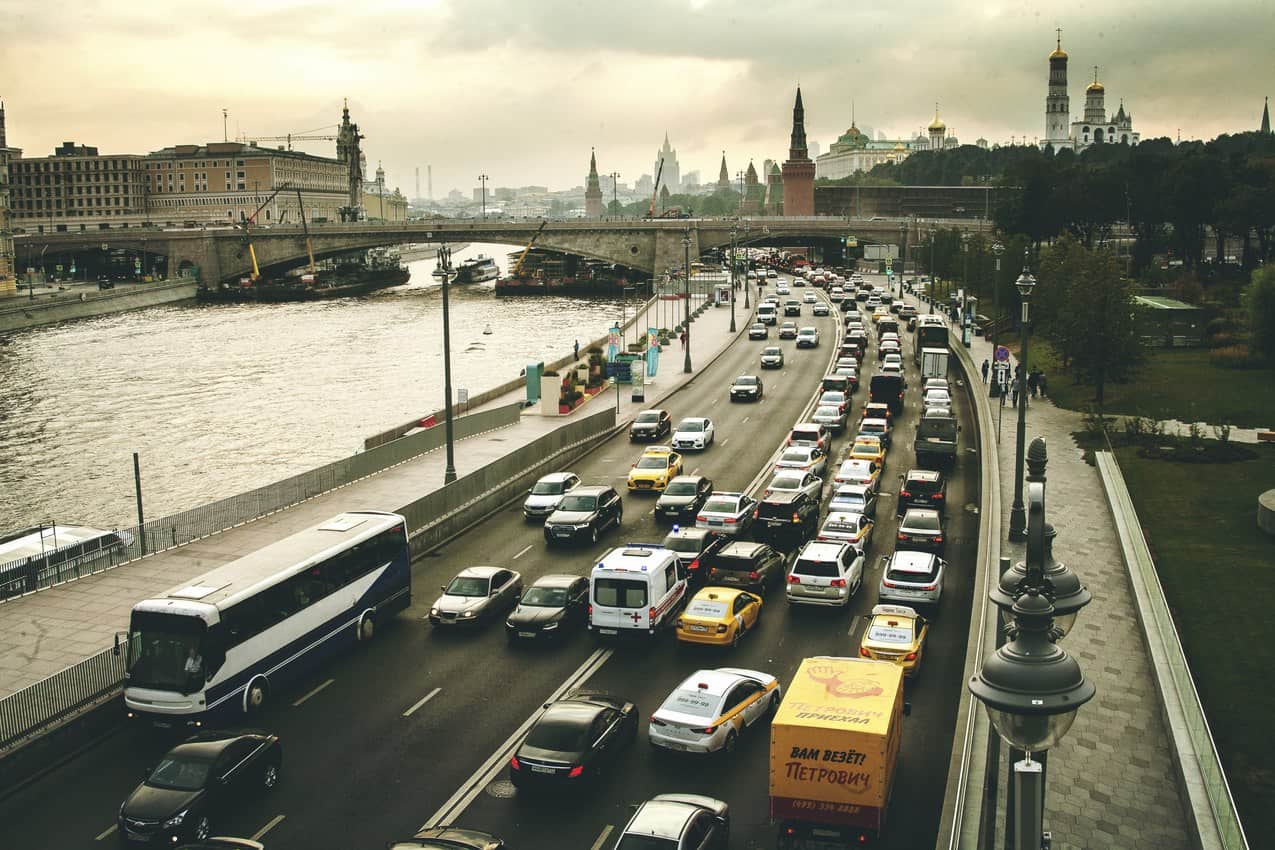
When entering Moscow, drivers might notice a statue standing guard with a fixed bayonet at the ready.
A massive statue of Peter the Great, which towers above the banks of the Moskva River, pays homage to the early czar’s cultural reforms and implementation of a national navy.
Soldiers, garbed in BDU uniforms and carrying weapons at the ready, walk in loose formation down the sidewalk in the city center.

Near the Kremlin, wreath-laying ceremonies can be spied through picketed gates.
The Russian Tomb of the Unknown Soldier is guarded day and night by goose-stepping soldiers.
For some American travelers, this military presence might act as a deterrent considering Russia’s history with the United States.
But while it’s immediate, memories of the Soviet era shouldn’t keep western travelers from seeing the city’s beautiful architecture and immersing into its rich culture for themselves.
Russia is an ancient country with a storied and interesting past. Don’t let the country’s close association with military tradition discourage travel.
On the contrary, military culture makes it a fascinating place to visit. Without it, there wouldn’t be wonderfully interesting structures like St. Basil’s Cathedral or the Red Square, or many of the city’s museums.
The VDNH Park

The VDNH park (which was created during the Soviet era to host an annual agricultural exhibition), for example, is a good place to learn more about and experience Soviet history from a different perspective. Under Soviet rule, Moscow residents were mandated to attend ceremonies.
These days, our guide explained that it’s open to the public at all times and no one is required to attend. Around the park, pavillions represent former Soviet territories — Belarus, Kyrgyzstan, Uzbekistan, Karelia, Ukraine, North Caucasus, Turkmenistan, Armenia, for example. Notably, the pavilion representing the Republic of Georgia was destroyed.
Elsewhere, the Museum of Cosmonautics provides an interesting alternate perspective on the Space Race.
Visitors can see authentic space suits, touch old Russian space crafts and walk inside a retired section of the International Space Station.
The city’s past isn’t the only thing that’s enticing. Modern Moscow is a metropolitan center bustling with life.
The city’s beautiful architecture and vibrant spirit afford western travelers an authentic look at Russian culture, which was historically shrouded from outside perspectives under Soviet rule.
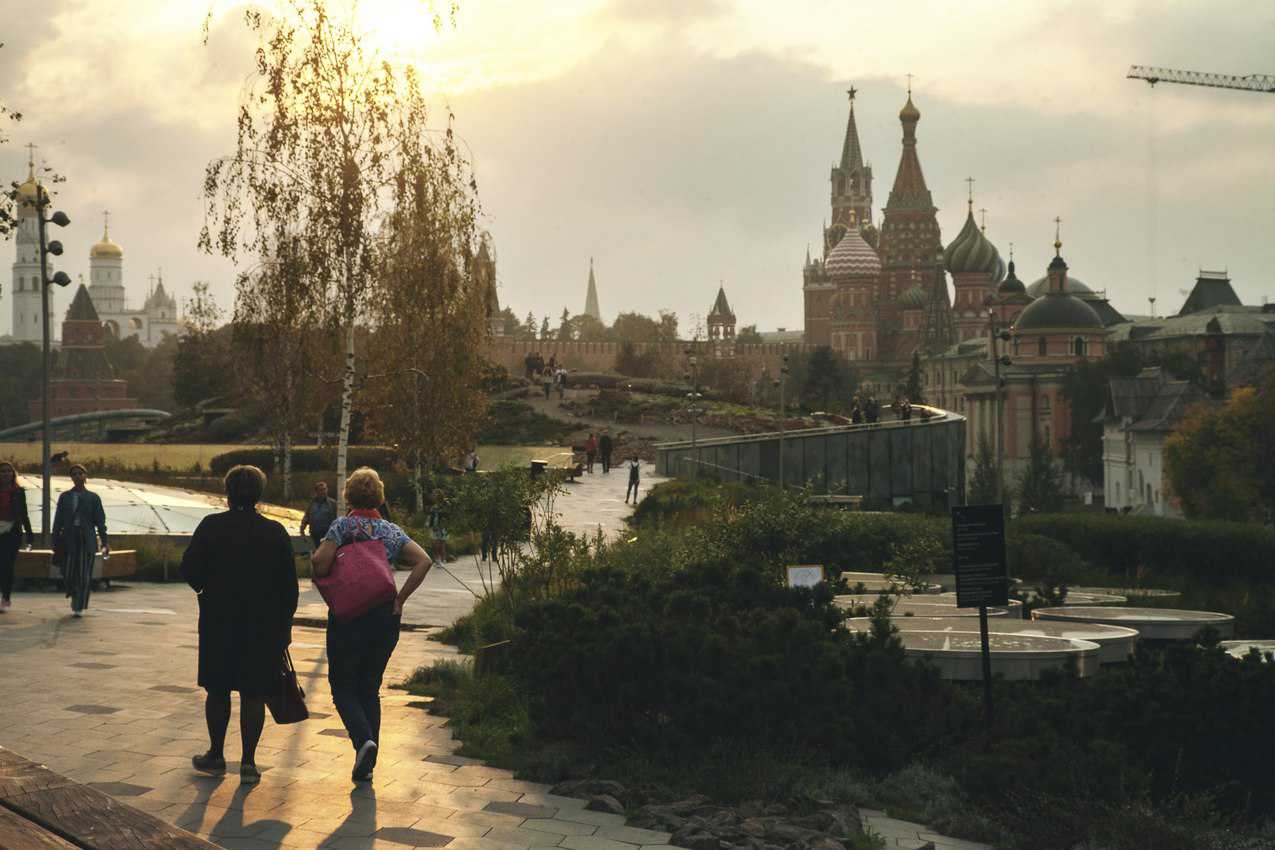
- Chefchaouen, Morocco: The Hashish Farmer’s Home - January 13, 2020
- Moscow: Colorful Architecture Steeped in Military Tradition - December 23, 2019
- Moscow City Day Means Happy Revelers in Russia - September 16, 2019



